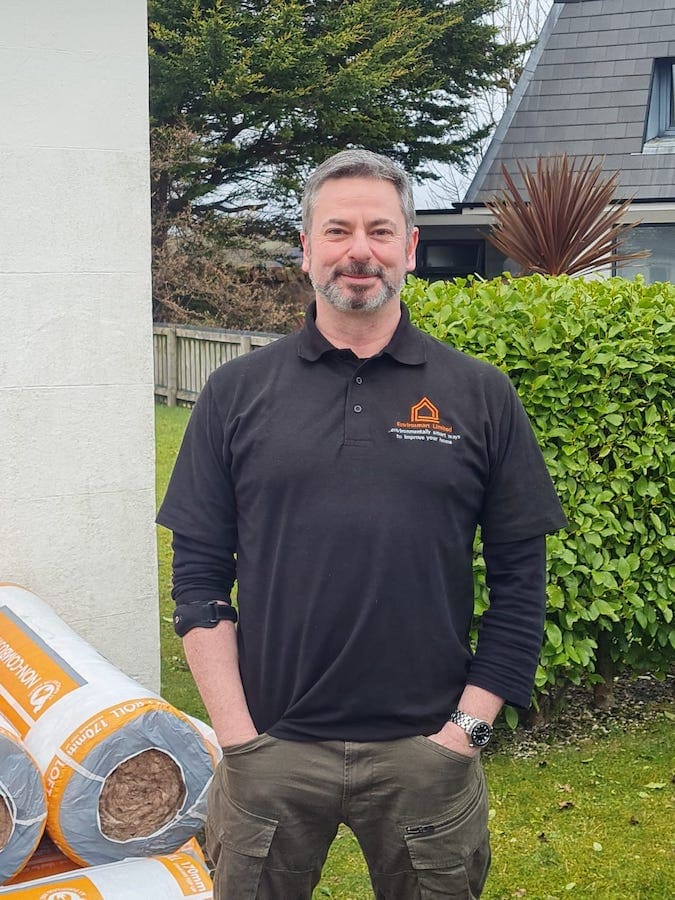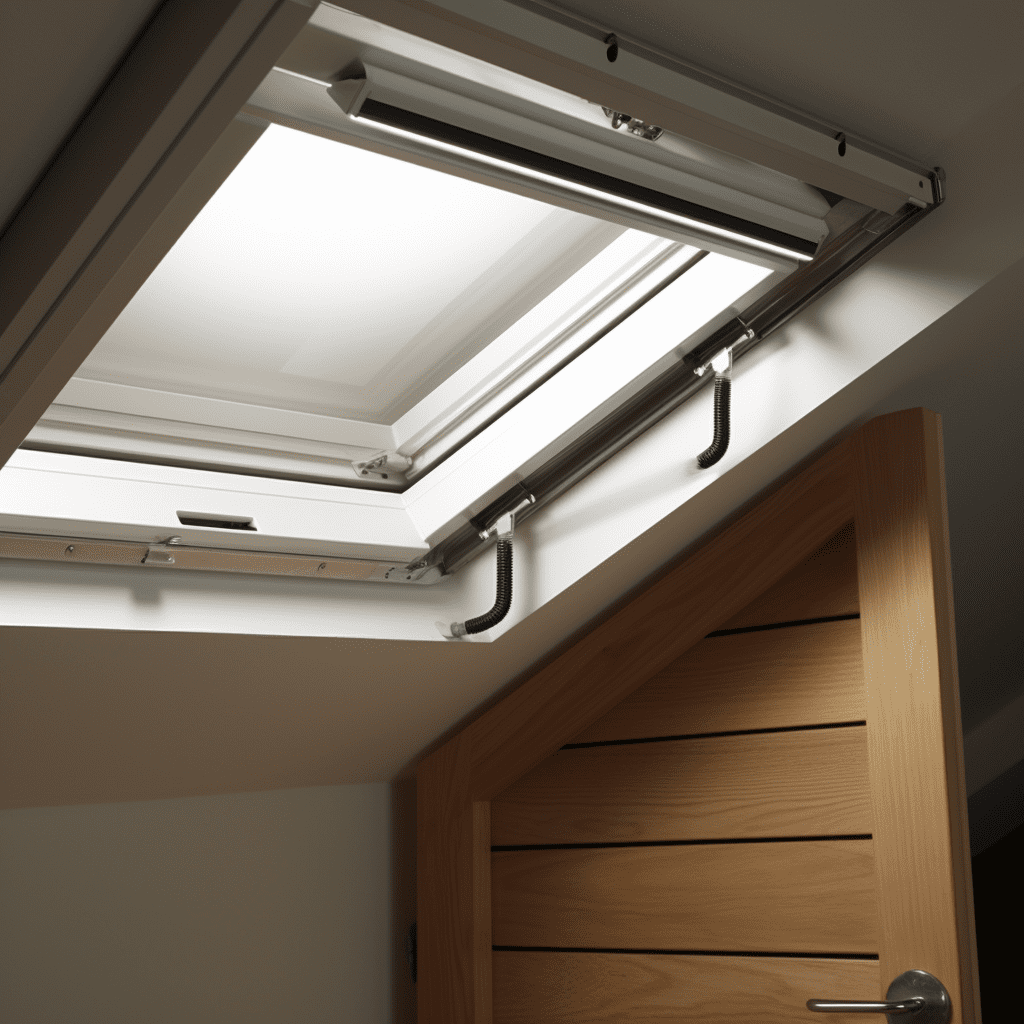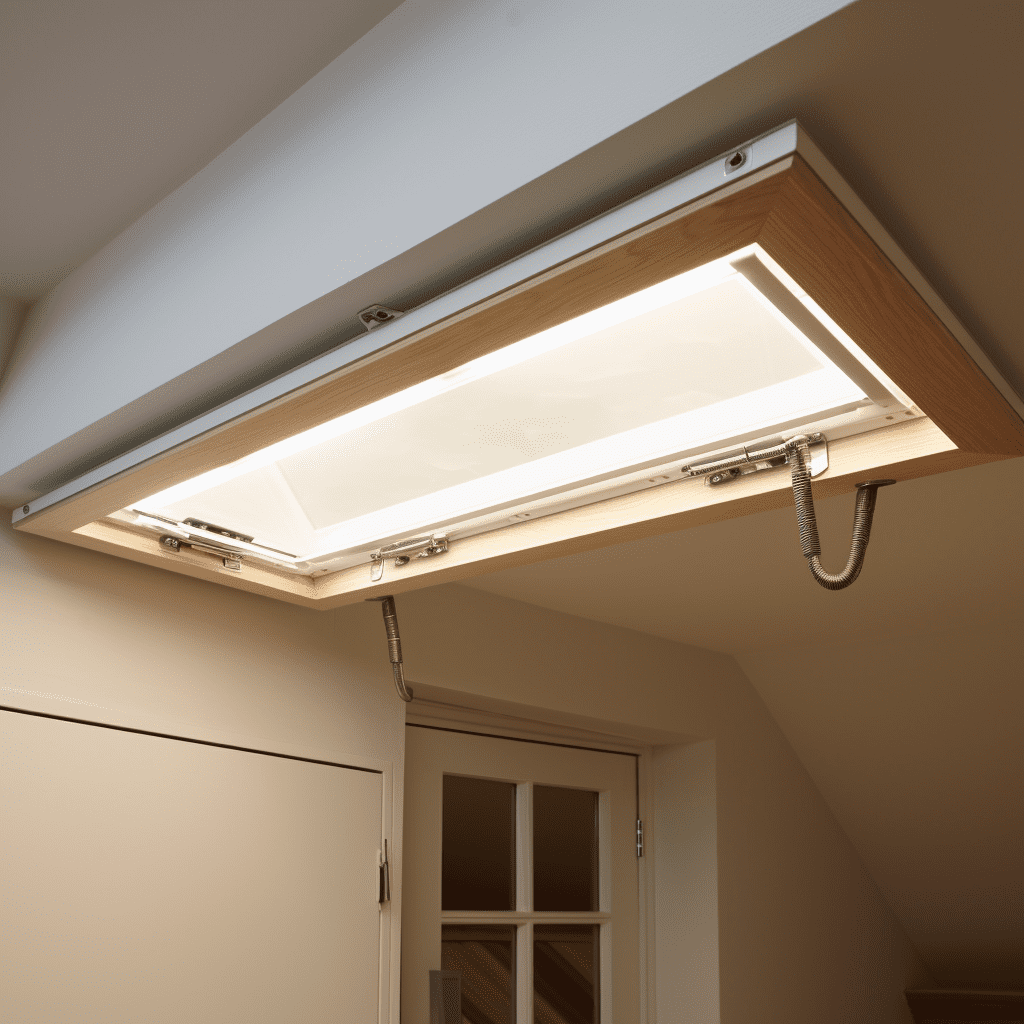The Quickest Way to Install Fiberglass Insulation
Introduction:
Are you considering insulating your home with fiberglass insulation? Fiberglass insulation is an excellent choice for its affordability and effectiveness in reducing energy costs. Installing it may seem like a daunting task, but with the right approach, you can complete the job efficiently and quickly. In this blog post, we will guide you through the quickest way to install fiberglass insulation, allowing you to enjoy a well-insulated home in no time.
-
Gather the necessary materials:
Before you begin the installation process, make sure you have all the required materials at hand. This will save you time and prevent unnecessary interruptions during the installation. Here’s a list of items you’ll need:
- Fiberglass insulation batts or rolls: Choose insulation with the appropriate R-value for your climate and the specific area you are insulating.
- Safety goggles: Protect your eyes from any airborne particles that may be released during the installation process.
- Gloves: Wear gloves to shield your hands from the fiberglass fibers, which can cause irritation.
- Measuring tape: Accurate measurements are crucial to ensure you cut the insulation to the right size.
- Utility knife: Use a sharp utility knife to cut the insulation along the marked lines.
- Straightedge or ruler: A straightedge or ruler will help you make precise measurements and cuts.
- Staple gun and staples (if necessary): In certain situations, you may need to secure the insulation in place using a staple gun and staples.
- Duct tape (if necessary): Duct tape can be used to secure the seams of the insulation or to hold it in place temporarily.
-
Prepare the work area:
Preparing the work area is an essential step to ensure a smooth and efficient installation process. Clear the space around the area you plan to insulate, removing any obstructions or debris. This will give you ample room to work and prevent any accidents. Make sure to wear appropriate safety gear, including gloves and safety goggles, to protect yourself during the installation.
-
Measure and cut the insulation:
Measure the space where you need to install the insulation, taking accurate measurements to avoid wastage. Carefully note any obstructions such as electrical wires or plumbing pipes that need to be accommodated. Once you have the measurements, use a straightedge or ruler to mark the fiberglass insulation batts or rolls accordingly. To save time, you can mark multiple pieces at once. Use a sharp utility knife to cut the insulation along the marked lines, ensuring clean and precise cuts.
-
Install the insulation:
Start by placing the cut insulation pieces into the desired areas. For walls, simply press the insulation batts between the wall studs, ensuring a snug fit. It’s crucial to fill the entire cavity without any gaps or compression. For attics or crawlspaces, roll out the insulation perpendicular to the joists, covering the entire area. Cut the insulation to fit around any obstructions, such as pipes or vents, ensuring a tight seal. Be cautious not to compress the insulation excessively, as it can reduce its effectiveness.
-
Secure the insulation (if necessary):
In certain situations, you may need to secure the insulation in place using a staple gun and staples or duct tape. For example, if you’re insulating a basement ceiling, stapling the insulation to the ceiling joists will keep it in position. Similarly, if you’re working in a tight space where the insulation may shift, using duct tape to secure the seams can be helpful. Secure the insulation at regular intervals to ensure it remains in place and performs optimally.
-
Maintain safety and ventilation:
During the installation process, it’s crucial to maintain proper ventilation in the area. Fiberglass insulation can release small fibers into the air, which can irritate the skin and respiratory system. Ensure you’re working in a well-ventilated space and consider using a mask for additional protection. Take regular breaks and step outside for fresh air if needed. It’s essential to prioritize your safety and well-being throughout the installation process.
-
Clean up:
Once you’ve finished installing the insulation, clean up the work area by removing any leftover materials, packaging, and tools. Dispose of waste materials responsibly according to local regulations. A clean work area not only provides a sense of accomplishment but also prepares you for future projects. Proper cleanup ensures a safe and organized space for you and your family.
Conclusion:
Installing fiberglass insulation doesn’t have to be a time-consuming task. By following the steps outlined above, you can quickly and efficiently insulate your home. Remember to take the necessary safety precautions, measure accurately, and secure the insulation in place if needed. With the right approach, you’ll enjoy the benefits of a well-insulated home while saving on energy costs. Don’t hesitate to seek professional help if you’re unsure about any step in the process. Enjoy the comfort and energy efficiency that fiberglass insulation brings to your home!

Craig Maxwell
Craig Maxwell is an experienced professional with over 10 years of expertise in the field of insulation. Throughout his career, he has honed his skills and acquired in-depth knowledge in all aspects of insulation, specializing in both traditional and modern insulation techniques. Craig’s passion for creating energy-efficient and comfortable living spaces has driven him to become a trusted expert in the industry.






Recent Comments